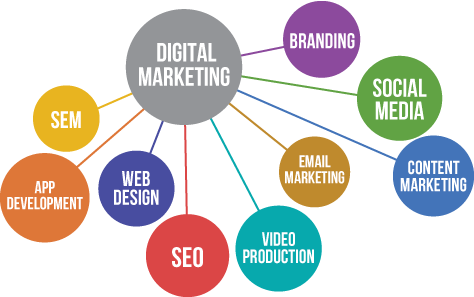Digital Media in the Real World

Anyone can sit in a classroom and listen to a lecture and “learn” about digital media. But, does that really translate into a base knowledge in the real world? Unfortunately, probably not. Real world experience is undoubtedly the best tool you can have in your pocket to utilize later on in our life and your career.
Fortunately for us, we’ve been given the opportunity to hear from industry professionals and learn first hand from their experiences. And I guess, for now at least, that will work!
Our industry professional also happens to be our professor for digital media, Eric Ritter. Ritter has worked all semester long to teach me my classmates and about the world of digital media. Gladly, I can say that I’ve gained an understanding of the world he lives in.
For me, a student who found inspiration in advertising management, what Eric said about individual traits needed to succeed in digital media reminded me of many traits needed to succeed as an account executive. you must have a good personality, quality work, timeliness, good work ethic and industry expertise. One must also know the brand, their consumer and the journey to the end goal. Solid pointers from a true professional in the industry.
Eric also specifically pointed out the importance of constantly saving your work and understanding that Google is our best friend. #protip
One thing that was mentioned that I particularly enjoyed was the S.M.A.R.T. acronym (Specific, Measurable, Achievable, Realistic, Timely). Again, while this specifically applies towards digital media, these same principles can also apply to virtually any career.
Bringing this back to digital, we were also given various formulas that would be considered important and vital. You can check some of them out here.
Overall, there are many facets to any industry you get involved in, digital media is no different. The only way to really understand and master the role is to get that job and get involved in it.
Thank you, Eric, for the insight you’ve provided and the lessons taught.









